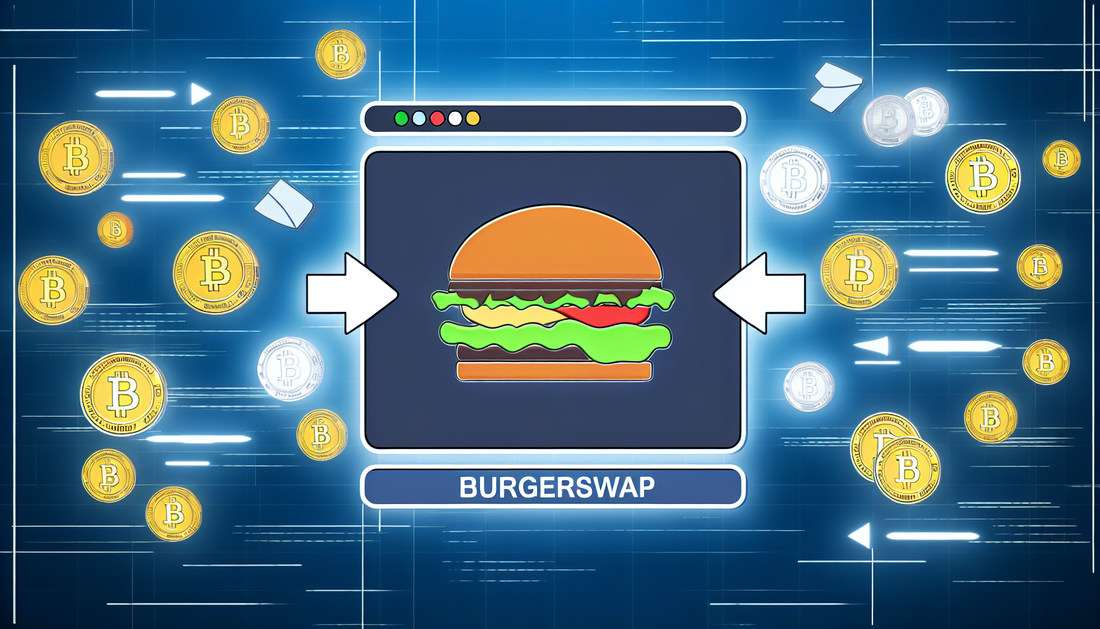
Decoding BURGER: The Tokenomics of BurgerSwap
Share
Understanding the Tokenomics of BURGER: A Close Look at BurgerSwap
BurgerSwap, operating on the Binance Smart Chain (BSC), is a decentralized exchange offering a unique blend of services and governance. Central to its operations is its native token, BURGER. A key aspect for any investor or analyst to consider in such platforms is the meticulous study of its tokenomics, as it directly influences the ecosystem's growth and sustainability.
At the heart of BurgerSwap's tokenomics is the deflationary mechanism. This model is designed to maintain the value of BURGER by reducing supply over time. A portion of transaction fees collected on the platform is used to buy back and burn BURGER tokens. This buyback mechanism helps in reducing the circulating supply, which theoretically increases the value of remaining tokens. This deflationary tactic is a shared characteristic of several cryptocurrency projects, such as those you can find in Golem's GLM Tokenomics.
Beyond burning, token distribution and allocation play a vital role in understanding BURGER's economics. Initially, tokens were distributed among liquidity providers, platform users, and towards development funds. This distribution illustrates the strategic efforts in maintaining a balanced influence between operational necessities, community incentives, and developmental growth of the BurgerSwap platform. Comparisons can be drawn here with TIAQ's Unique Tokenomics, which also emphasizes the balance between its development and user incentives.
Governance is another critical aspect of BURGER's tokenomics. Holders of BURGER are given the power of decentralized governance, allowing them to propose and vote on changes to the platform. Such an approach ensures that the community has a say in critical decisions, which can lead to a more robust and user-aligned roadmap. The goals align closely with decentralized governance models such as those seen in Nexus Mutual's Innovative NXM Tokenomics.
Lastly, liquidity provision is an integral component, with incentives offered to individuals who provide liquidity on the BurgerSwap exchange. These incentives are pivotal in ensuring the platform's liquidity and accessibility, making sure traders can efficiently swap between tokens without significant price slippage. Interested parties might want to check registration opportunities or trading options on platforms like Binance.
Herein lies the foundation of BurgerSwap's appeal: a well-thought-out tokenomics model striving to balance user incentives, token value appreciation, and decentralized governance. As the ecosystem evolves, the perturbations and adaptations in its tokenomics will continue to play a crucial part in its survival and success within the competitive DeFi landscape.
